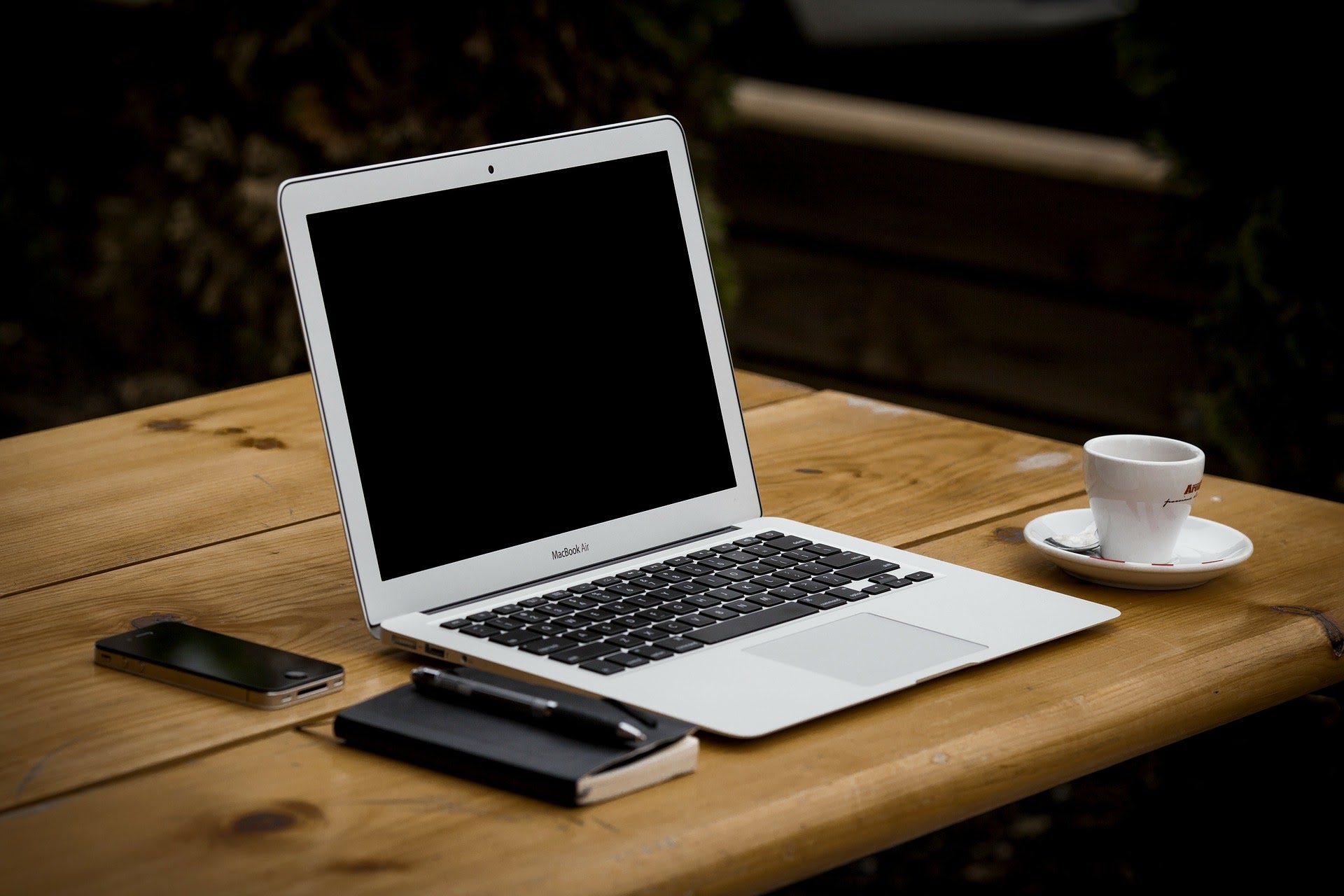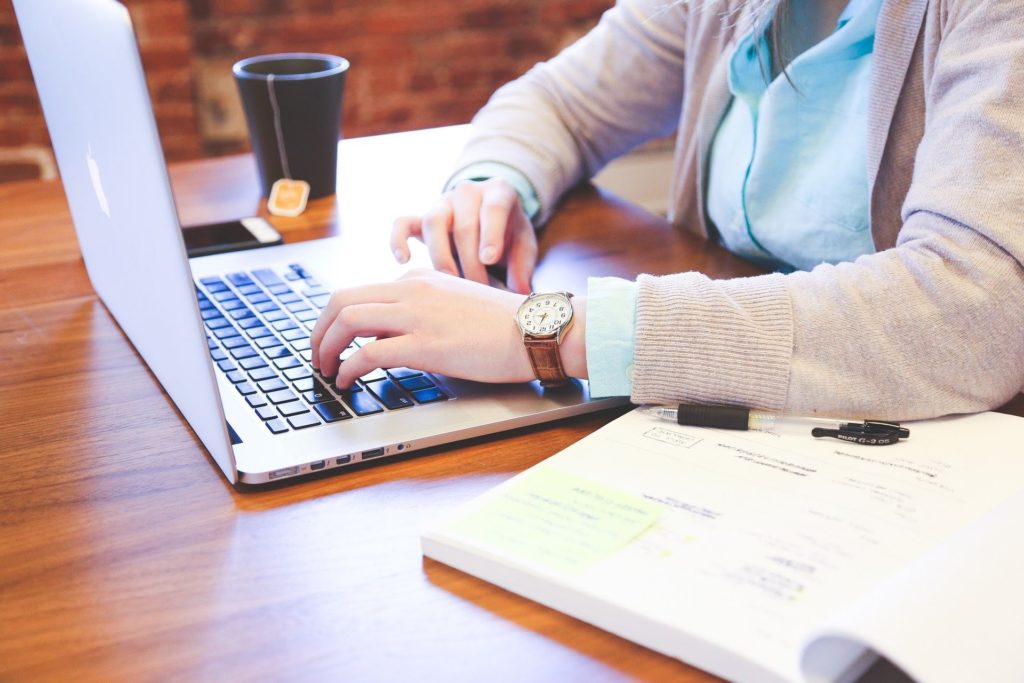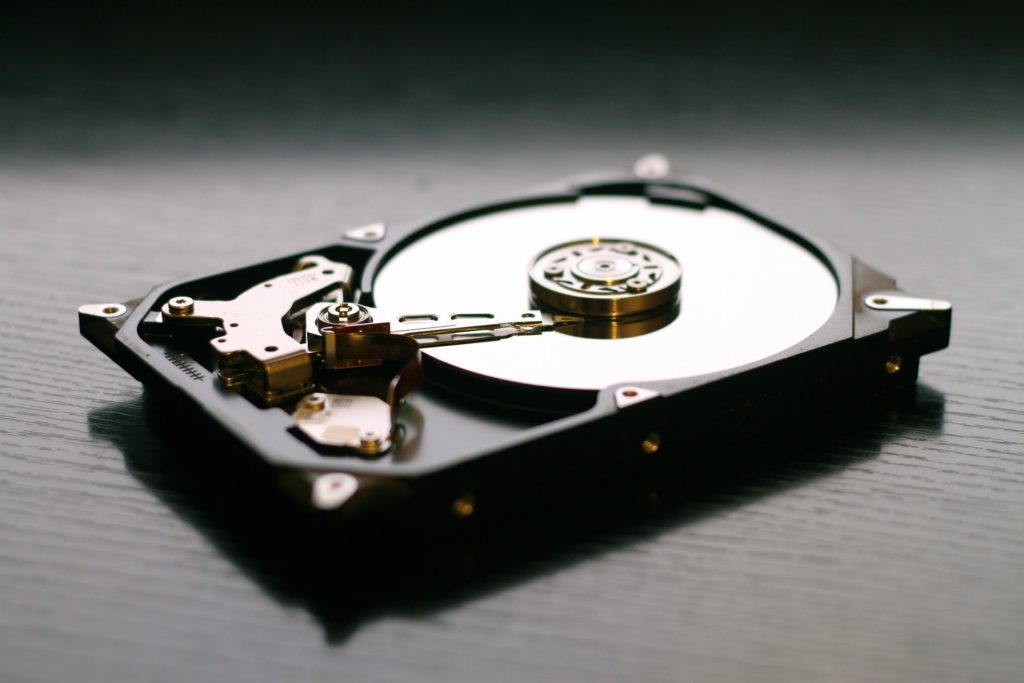
Ways You Can Use to Boost Your Laptop’s Performance
Being a laptop owner comes with certain advantages. One thing that stands out a lot is that you get a computer that you can carry with you. In fact, it is probably the biggest reason why so many people choose laptops over desktop computers. The flexibility is too good to pass for those who have to travel for work.
That said, some laptops are pretty lackluster as far as their hardware and reliability goes. After a while, you might notice that the device starts to underperform. In some instances, the problems can snowball so much that you will struggle to use the laptop in the first place.
Read : windstream internet
Of course, there is no need to take a stance of getting rid of a poorly performing device. You can still do plenty of things to restore the laptop instead of looking to purchase a new one. Let’s take a look at some ideas that should help boost your laptop speed and performance.
Check Dust Inside
If you have an old laptop, the dust inside should be the first thing you want to check. Whether you like it or not, dust accumulates over time, and not cleaning it will lead to overheating, loud internal fan noises, and damage to the hardware, which, consequently, drops the overall laptop performance.
Now, cleaning laptop’s dust is harder than cleaning a desktop computer. To get inside, you need to be careful when taking a laptop apart because putting it back together can be problematic.
Inexperienced people leave the work to those who know what they are doing. It means paying money for the cleaning service, but it is worth it because it eliminates risks of damaging the laptop.
Scan for Viruses and Malware
Viruses, malware, ransomware, and other cybersecurity threats are another example of a problem that can manifest over time and cause significant issues to a laptop’s performance.
It might take a bit to scan all the laptop files even if you are using reliable antivirus software, but the wait is necessary to have a malware-free laptop.
If you are concerned about cybersecurity threats, do not rely just on antivirus software. Stick to safe habits when surfing the net, such as ignoring shady links, avoiding public Wi-Fi, and using a virtual private network.
Keep Tabs on Startup and Background Apps

Too many background applications and startup items are not a positive sign for a laptop’s performance. For background processes, it makes little sense to keep unnecessary software running. If you are not using it, close it. There are some exceptions, though, such as antiviruses which you want to be running in the background all the time.
As for startup items, you should trim the list as well. Not only are too many startup applications a problem for the overall laptop performance, but they also slow the loading speed after you boot the device.
Taking care of both background processes and startup items should make a significant improvement to your laptop’s performance, especially when you run resource-heavy apps like video editing tools or an internet browser.
Try to Have a Clutter-Free Desktop
Desktop clutter is also a common issue that is often overlooked. Many people like to keep documents and other files on a computer’s desktop because it is more convenient to access these files. In other words, you do not have to look for them.
However, this convenience also means some issues for the laptop. Desktop shortcuts have to be rendered by the system when you switch between the desktop and other tabs. If there are only a few icons, the processing is not noticeable, whereas too much desktop clutter puts things in disarray.
It might be difficult to stop yourself from keeping files on the desktop at first, but if you are concerned about your laptop’s performance, you should change this habit.
Get Rid of Drive Clutter
As far as laptop drive cleanup tips go, there are a few things of note. First, you want to get a utility tool that can remove temporary system junk for you. Caches, extensions, system backups, and other temporary clutter is a hindrance and should be removed.
Next, you want to check how many media files, old applications, localization files, downloads, email attachments, and other unnecessary files there are that you can remove permanently.
Finally, instead of hoarding files on the laptop’s drive, you can simply use an external drive or cloud storage.
Research Potential Hardware Upgrades

Despite having limited options for laptop hardware upgrades, you can still research what is available for your model. If possible, you could add extra RAM, switch to a solid-state drive, or even purchase an external GPU.
Sure, it costs money, and some upgrades might be as expensive or cost even more than a relatively decent new laptop. That is why it is important to research what is available so you do not spend too much money.